 KromaTiD launches mapping service for human genome in single cells
KromaTiD launches mapping service for human genome in single cells
KromaTiD has launched a new product called dGH Screen for mapping the human genome in single cells. The tool uses the company's proprietary directional genomic hybridization (dGH) technology, a platform for measuring genomic structure and structural variation. Read More
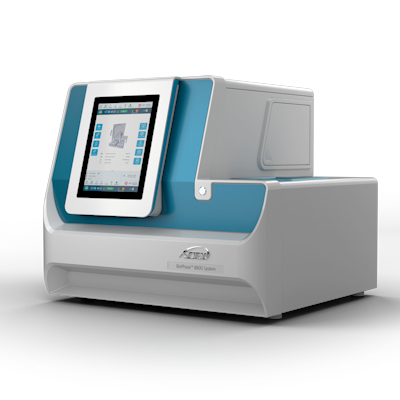 Sciex launches BioPhase 8800 for high-throughput capillary electrophoresis
Sciex launches BioPhase 8800 for high-throughput capillary electrophoresis
Sciex has launched BioPhase 8800, a new capillary electrophoresis system for enhanced biologic characterization in the development of biopharmaceutical therapies. The new instrument is a multicapillary system for capillary electrophoresis sodium dodecyl sulfate that processes eight samples simultaneously. Read More
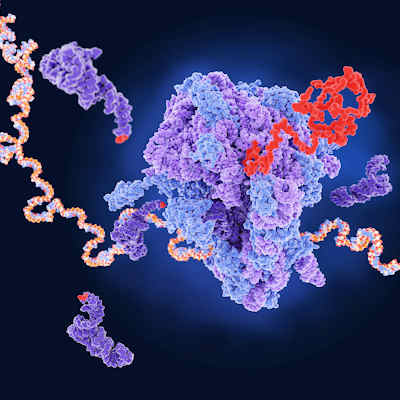 'Dimmable' switch for gene therapy shows potential for rare diseases
'Dimmable' switch for gene therapy shows potential for rare diseases
A new alternative splicing system called Xon can modulate levels of protein expression in gene therapy, much like a dimmer switch. The invention addresses a major shortcoming of most gene therapies, which is the ability to regulate gene expression levels in diseases like spinal muscular atrophy. Read More
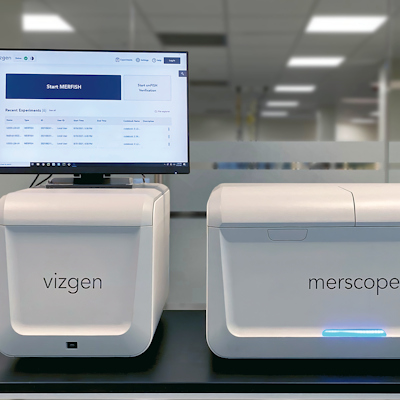 Vizgen begins shipping Merscope instruments for single-cell genomics
Vizgen begins shipping Merscope instruments for single-cell genomics
Vizgen has shipped its first commercial Merscope instruments to research institutions as part of a limited summer release program. Merscope enables high-plex, single-cell spatial genomics and large-scale spatial profiling of individual transcripts within cells. Read More
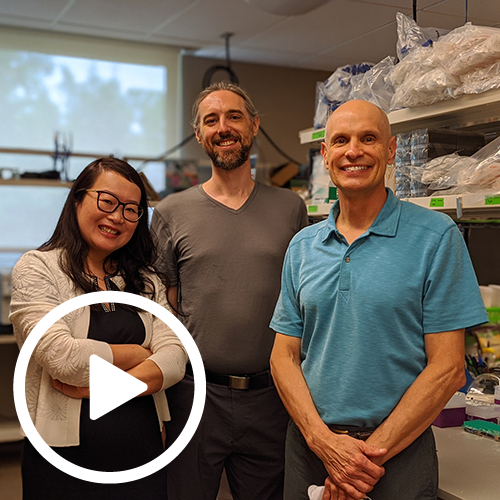 Clara Biotech advances exosomes in biomedical research
Clara Biotech advances exosomes in biomedical research
Clara Biotech sees its exosome purification and isolation technology as a tool that can help biomedical researchers in multiple fields. The company is one of 10 semifinalists in the BioTools Innovator accelerator contest, and we spoke with co-founder and CEO Jim West as part of our exclusive coverage of the competition. Read More
 Next-generation gene therapy points to base editing
Next-generation gene therapy points to base editing
Base editing has emerged as a new player in the gene therapy arena, with rapid advances in technology and evidence of proof of concept in rare genetic disease and beyond. Read More
 ARES deep-learning system improves 3D RNA structure prediction
ARES deep-learning system improves 3D RNA structure prediction
A new deep-learning system called Atomic Rotationally Equivariant Scorer (ARES) significantly improves the prediction of RNA structures over previous artificial intelligence models. The advance, described by Stanford University researchers in a paper in Science on August 26, may help scientists uncover the biological functions of RNA and pave the way to the discovery of novel RNA-targeted drugs. Read More
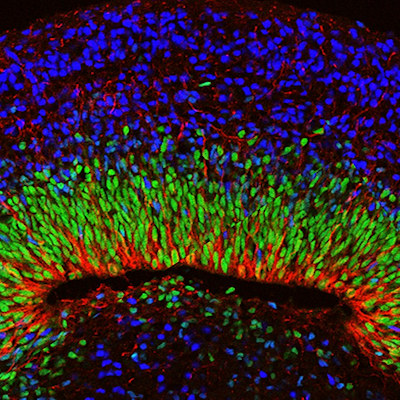 'Minibrains' grown from stem cells replicate brain's electrical activity
'Minibrains' grown from stem cells replicate brain's electrical activity
Researchers have grown 3D human brain tissue from stem cells that replicates the patterns of electrical activity found in the brains of patients with Rett syndrome. These "minibrain organoids" can be used to investigate the underlying causes of neurological disease and screen and test potential drug candidates, according to research published on August 23 in Nature Neuroscience. Read More
 Cell and gene therapy firms see over $13.6B so far in 2021
Cell and gene therapy firms see over $13.6B so far in 2021
Rapid financing activity in the cell and gene therapy industry has exceeded $13 billion in 2021. Over half of this funding is from venture capital and private investments, with over 100 funding deals of this type. Read More
 Rice to establish Genetic Design and Engineering Center
Rice to establish Genetic Design and Engineering Center
Researchers at Rice University have received a five-year, $4 million grant from the Cancer Prevention and Research Institute of Texas to establish a new Genetic Design and Engineering Center. Read More
Member Rewards
Earn points for contributing to market research. Redeem your points for merchandise, travel, or even to help your favorite charity.
Research Topics
Interact with an engaged, global community of your peers who come together to discuss their work and opportunities.
Connect
Tweets by @ScienceBoard



